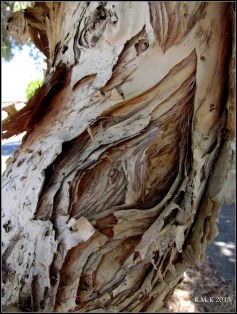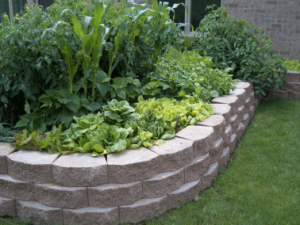Australians love a good garden, and why not, they’re often a wonderful reminder of the raw beauty of nature in an sometimes overwhelming urban backdrop. For those of us who live in or close to the bush it’s no different. There’s something strangely beautiful about a well-kept garden full of colours and extravagant plants in front of a wild and untamed Australian bush. As I’m sure we’re all aware and have seen too often, the Australian bush truly is an unbelievable, unpredictable and wild place at times – particularly in the summer! Understanding and reducing the risk (through landscaping) your garden poses to your home could ultimately be the difference its survival during a bushfire. Strategically designed gardens can actually help protect your home from a bushfire attack.
So here are 3 ways your garden can save your home from a bushfire!
1. Break Up Fuel Continuity
The Country Fire Authority (CFA) state that one of the most effective ways to reduce the spread of fire within a garden is “to create separation between, plants, garden beds and tree canopies”. If plants, garden beds and trees are in close proximity to each other, the more fuel the fire has to burn and therefore the more likely it is to spread and grow in size. If there is a continuous line of vegetation leading up to and around your home, there is a very good chance the fire will spread to your house. There’s a few simple ways you can break up your garden continuity:
- Separating groups/beds of plants with low fuel areas like grass, gravel or mulch pathways.
- Pruning branches to a minimum of 2 metres above the ground.
- Locating shrubs or other flammable objects away from trees.
2. Place/Maintain Strategic Trees
Contrary to popular belief – trees can actually be useful in a fire. Of course this is only if they’re located a safe distance from the home, so if they fall they do not come into contact with any flammable objects close to your home. Strategically placed trees can act as a windbreak, absorb radiant heat, and catch incoming fire embers. This isn’t a foolproof strategy however, as the trees need to be meticulously maintained and particular species with no loose bark required. Of course, one can not simply plant a tree in time for this year’s bushfire season, or the next fifteen for that matter, so maintaining already existing trees may be your only short-term option. I should stress that if you’re considering this option, there are a lot of variables to take into account – so click here for more information.

Species like stringy bark can be dangerous as they drop a lot of flammable material
3. Clear Flammable Objects Within 10m of the Home
This is an easy one. Having your gardens within such a close proximity the home is an absolute no-no. To keep your home close to nature, try using moveable pot-plants that can easily be relocated during the summer months. Make sure the pots are non-combustible materials too. Apply your common knowledge to what could ignite close to your home. Doormats are usually highly combustible and will go up very easily if an ember comes into contact with them. Firewood stocks should also be kept at a significant distance away from the home, for obvious reasons. Don’t forget about gas tanks in the BBQ or outdoor furniture!


